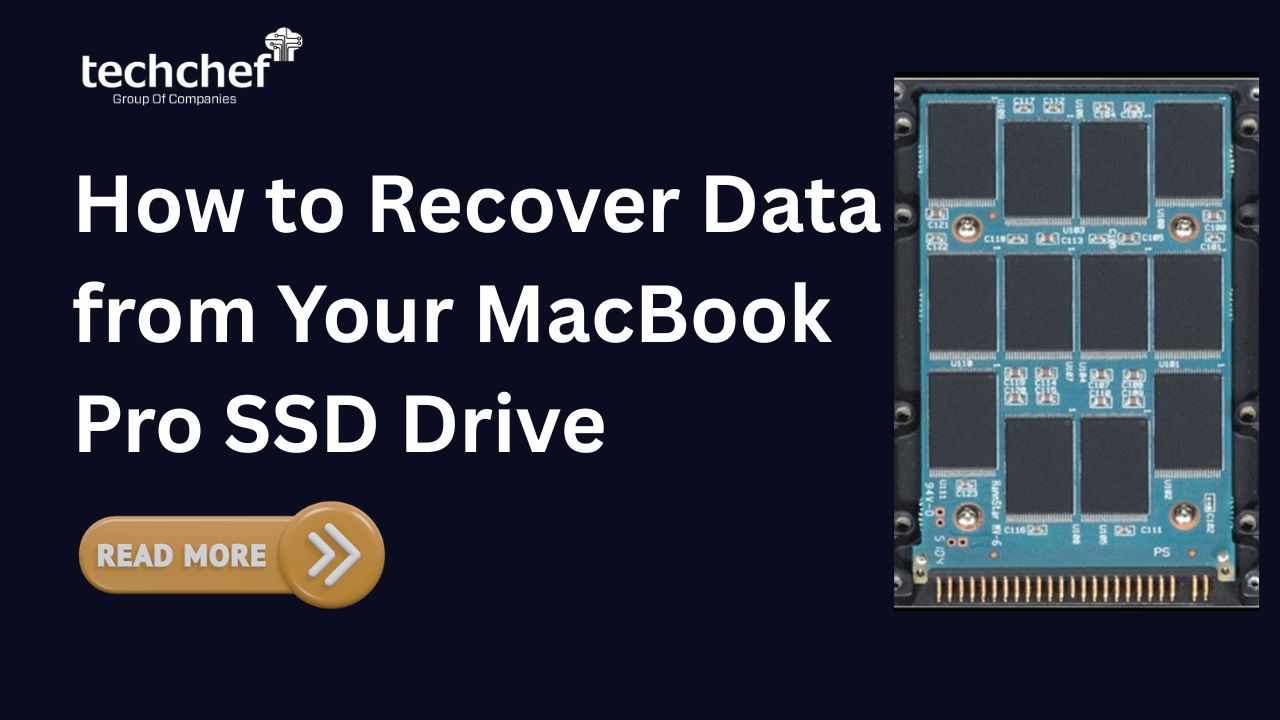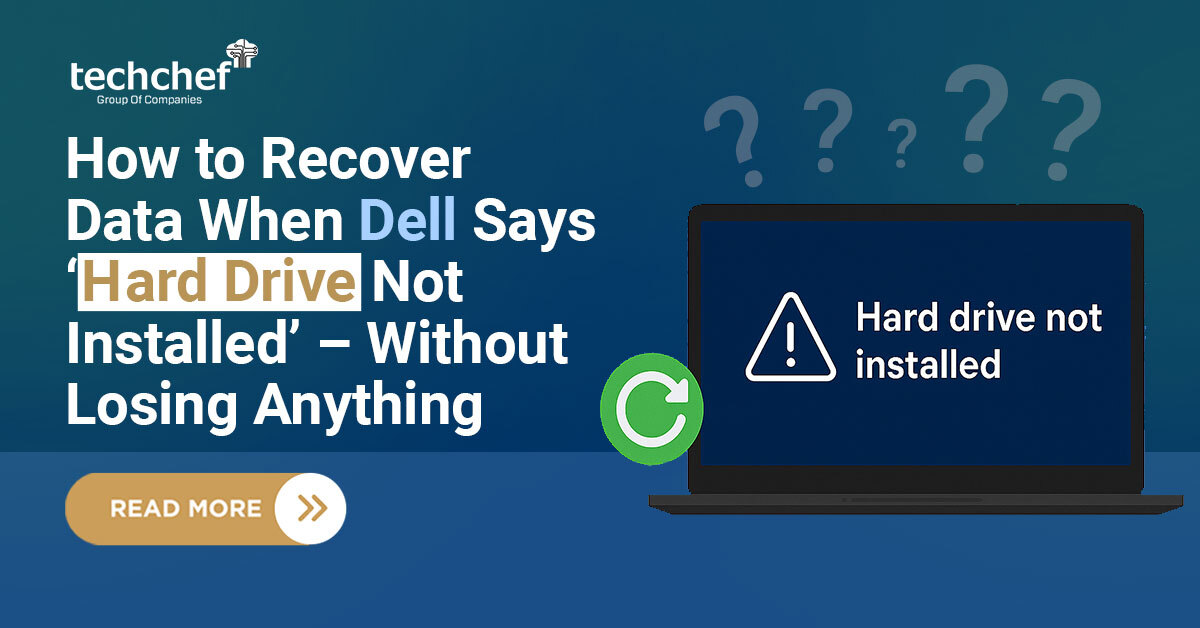RAID 5
RAID 5 uses a combination of parity and striping techniques, while the data flow, in this case, splits into small blocks of a specific size written over the member disks. According to the professionals of Hard Drive Recovery, each row of the disk in RAID 5 stores a specific checksum to create the parity function, calculated according to the data obtained from different member disks present in the respective row. Now, if any single disk fails, RAID 5 calculates the missing data by the help of parity value and in turn, provides the required fault tolerance. Considering this, RAID 5 requires minimum three disks and its array capacity is (N-1) times of the smallest disk from the array comprises of N disks.
RAID 6
Similar to RAID 5, RAID 6 also uses both the striping technique and parity technique. However, unlike the previous version of RAID, RAID 6 uses two independent functions of parity written later on to two different member disks. Out of two different parity functions, one is similar to XOR function in RAID 5. However, the second parity function is a bit complex. According to the professionals offering Data Recovery Services, the parity data assists in easy recovery of data if two member disks fail simultaneously. RAID 6 thus requires a minimum of four disks and the capacity of its single array is (N-2) times of the smallest disk among the array containing N numbers of disks.







 How to Recover Data from Your MacBook Pro SSD Drive
How to Recover Data from Your MacBook Pro SSD Drive
 RAID Server Failed? Don’t Panic – Here’s the Step-by-Step Data Recovery Plan
RAID Server Failed? Don’t Panic – Here’s the Step-by-Step Data Recovery Plan
 How to Recover Data When Dell Says ‘Hard Drive Not Installed’ – Without Losing Anything
How to Recover Data When Dell Says ‘Hard Drive Not Installed’ – Without Losing Anything
